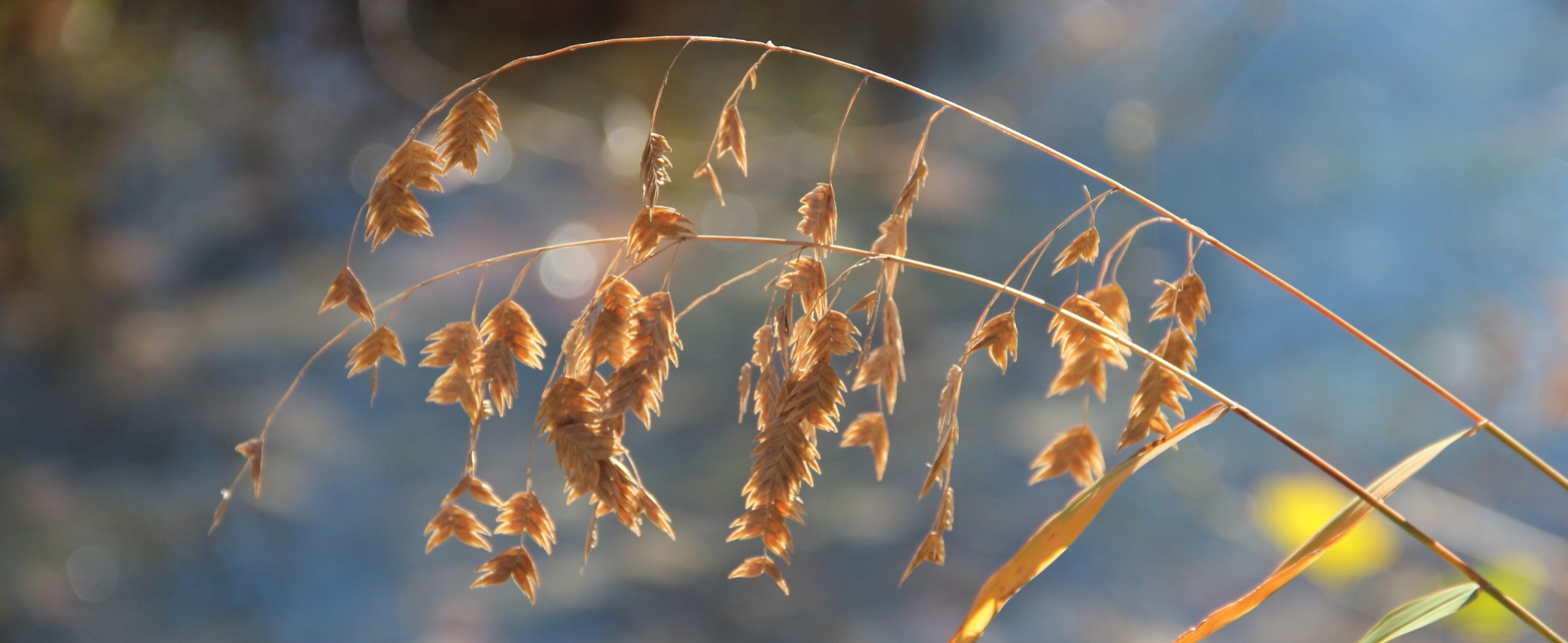
Do you see animal tracks in the dirt or mud?
Oliver’s Woods is home to many different animals. From armadillos and raccoons to white-tailed deer.
There are some key ways to identify which woodland buddy the tracks belong to. How big are they? How long are the toes? How many toes do they have? What area did you find them in? Is there anything unique about the tracks?
Now, take a closer look. Can you tell whose tracks these are?
Let us help you! Look at the following tracks for reference.
Next, if you see tracks with two to four pointed toes, you may have found the tracks on an armadillo! Armadillos burrow so you may find these in sandy dirt. These hard-shelled little guys are shy so you may not see one during your hike. If you do, give them ample space and do not approach them directly.
If you see these hoof-like footprints you may have found the feeding area of a white-tailed deer! These big guys typically travel in herds, so if you’re lucky enough to see one, you’ll probably see more. Now you’re able to identify some of the common tracks in Oliver’s Woods.
Happy tracking!
written by Zoe Sanders, OU Environmental Studies student
May 2023

If you see these tiny hand-looking tracks, then you may have found the romping grounds of a raccoon! These furry guys like to hang out around bodies of water, just like the creek that runs through Oliver’s Woods. Raccoons typically take their strolls at night so you may not see them, just the little footprints they leave behind.

If you see these hoof-like footprints you may have found the feeding area of a white-tailed deer! These big guys typically travel in herds, so if you’re lucky enough to see one, you’ll probably see more. Now you’re able to identify some of the common tracks in Oliver’s Woods.

Next, if you see tracks with two to four pointed toes, you may have found the tracks on an armadillo! Armadillos burrow so you may find these in sandy dirt. These hard-shelled little guys are shy so you may not see one during your hike. If you do, give them ample space and do not approach them directly.
Learn more about tracking from the OSU Four H Program